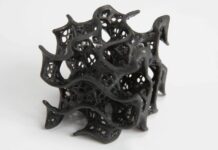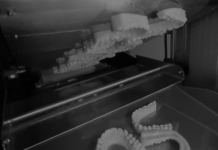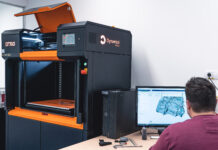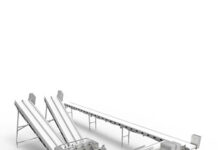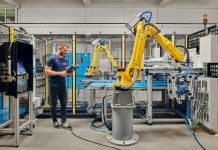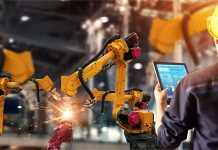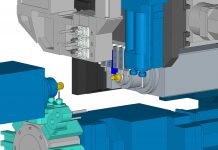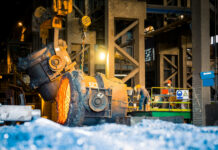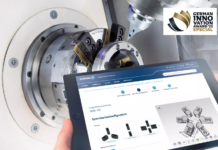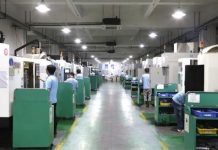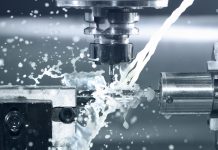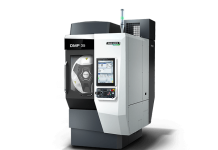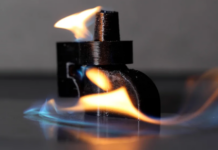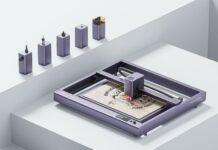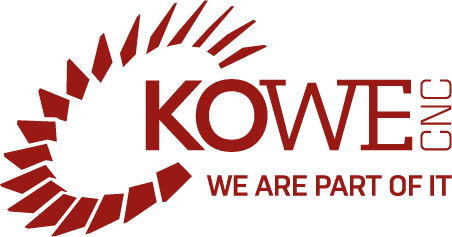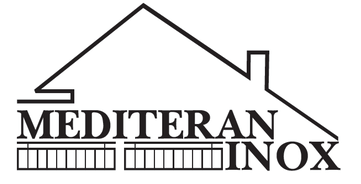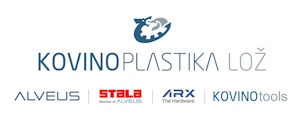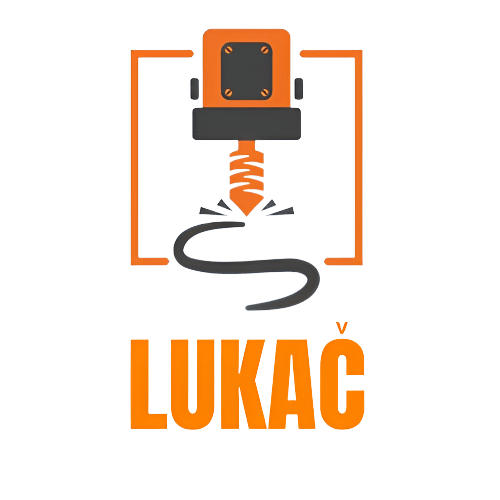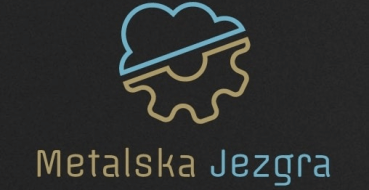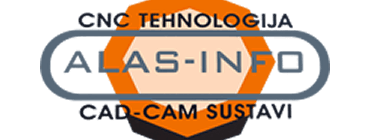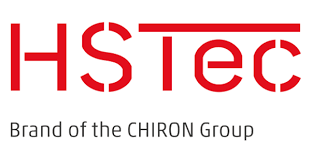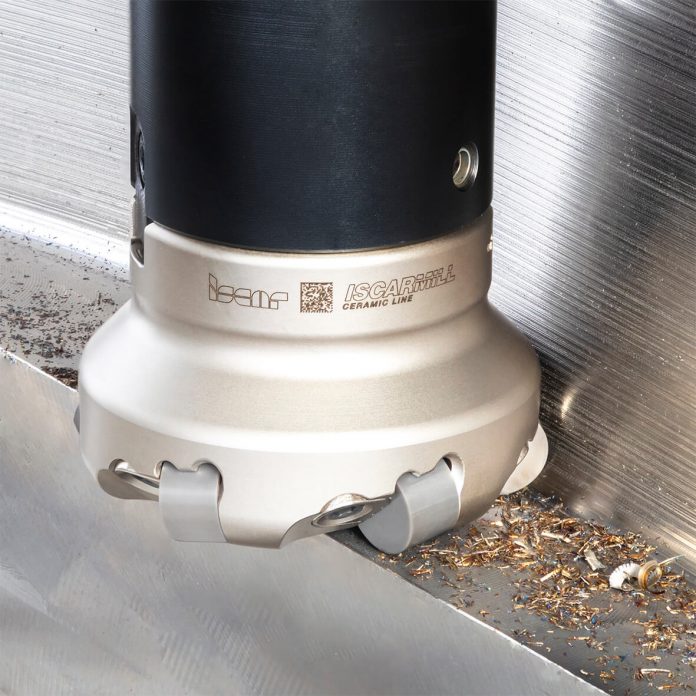
What are exotic metals, why are they so rare, and how are they machined? To understand this subject, let’s start by defining it.
Mainstream engineering materials are iron-based alloys such as steel, stainless steel, and cast iron. Another group of regularly used materials includes alloys based on nonferrous metals, such as aluminum alloys, brass, and bronze.
In addition, there are exotic types of material that were developed to answer specific demands. These exotic materials feature a dedicated application; they are rare and not commonly used and are generally more expensive to fabricate.
A strict agreed definition of an exotic material does not exist. Many experts refer to them as metals like Beryllium, Zirconium, etc. and their alloys, ceramics, composites, and superalloys. When considering the use of structural materials, superalloys and composites should be distinguished first. The metalworking industry mainly deals with these types of materials due to several reasons, one of which is machining exotic materials is problematic.
Superalloys, or more specifically, high temperature superalloys (HTSA), are intended for operating under a heavy mechanical load in combination with high temperatures. They are largely used in gas turbines and in various valves and petrochemical equipment. The “exoticism” of superalloys is their metallurgical design, which provides high creep resistance to keep strength at high temperatures. According to the main component, HTSA can be divided into three groups: Nickel (Ni)-, Cobalt (Co)-, and Iron (Fe)-based superalloys. A superalloy chemistry, especially in case of Ni- and Co-based HTSA, results in poor machinability.

Composites are multicomponent materials. When compared with a traditional engineering material, such as steel or Aluminum, composites workpieces are nearer-to-net shape and do not require significant material removal. Nevertheless, the components of a composite have different properties, and when combined, they produce a heterogeneous structure that makes machining problematic. The process of machining composites differs from machining metals and it often looks more like shattering than cutting. High composite abrasiveness can lead to intensive tool dulling, and various performance problems such as a degradation of accuracy or non-repairable machining defects.
The metalworking industry has made significant progress in machining exotic materials. Advanced machining tools and effective machining strategies have already lifted the performance of machining operations to a totally new plane. An impressive leap forward in 3D printing, which may significantly diminish machining operations, looks very promising. But there is one “exception”, which still limits taking full advantage of the considerable increase of machine tool capabilities. This “exception” is the cutting tool. Despite the distinct progress, cutting tools remain the bottleneck for machining efficiency. Hence, the plans of a breakthrough in the productive machining of exotic materials have much to do with the cutting tool.
Cutting tool manufacturers keep up their efforts to find productive and reliable solutions for machining exotic materials. Sometimes, it may seem that traditional sources for a major advance are almost nonexistent and that a great step forward is only connected to a real novelty. Regardless, cutting tool manufacturers still manage to provide interesting products that combine available means and resources with new ideas. Recent ISCAR developments, which were introduced during the last years, give a good example of such products and ISCAR’s attempt to resolve the existing bottleneck and find new ways to move forward.
Exotic for Exotic: advantageous ceramics
Cemented carbide is still the main cutting material for machining. Introducing carbide tools revolutionized the metalworking industry ensuring a significant growth of productivity due to sharply increased cutting speeds. However, despite this, even today cutting speeds for difficult-to-machine Ni- and Co-based high-temperature superalloys (HTSA) are low: typically within the range of 25-50 m/min (80-160 sfm).
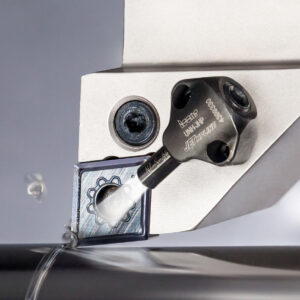
How do we expand the speed boundaries?
Exotic ceramic materials have already found themselves as cutting materials. Using exotic ceramic material ensures a totally different level of cutting speeds. For example, machining the superalloys by ceramic tools, the cutting speed 1000 m/min (3300 sfm) is completely real. Therefore, ceramic tools become more and more common in machining HTSA.
Recently, ISCAR developed a family of indexable shell mills carrying double-sided inserts made from ceramics. The mills are intended mostly for rough and semi-finish machining of planes and 3D surfaces at extremely high cutting speeds. The economical double-sided insert design provides high ceramics utilization. The inserts are made from several ceramic grades such as “black” ceramics, whisker reinforced ceramics and SiAlON (a type of silicon-nitride-based ceramics). Applying the new mills is directed on maximizing metal removal rate (MRR) and dramatic reduction in cycle time.
One more example of successful usage of cutting ceramics is another of ISCAR’s latest products: a family of solid endmills from SiAlON. The endmills were designed specifically for productive rough machining Ni-based superalloys such as various grades of Inconel, Incoloy, Haynes, etc. in the aerospace industry. In comparison with typical solid carbide endmills, SiAlON endmills allow an increase in cutting speed of up to 50 times!
It should be noted that ceramic tools behave differently from carbide tools. Generally, the end of a tool life is determined by the acceptable level surface finish or generated burrs and not by tool wear size.


